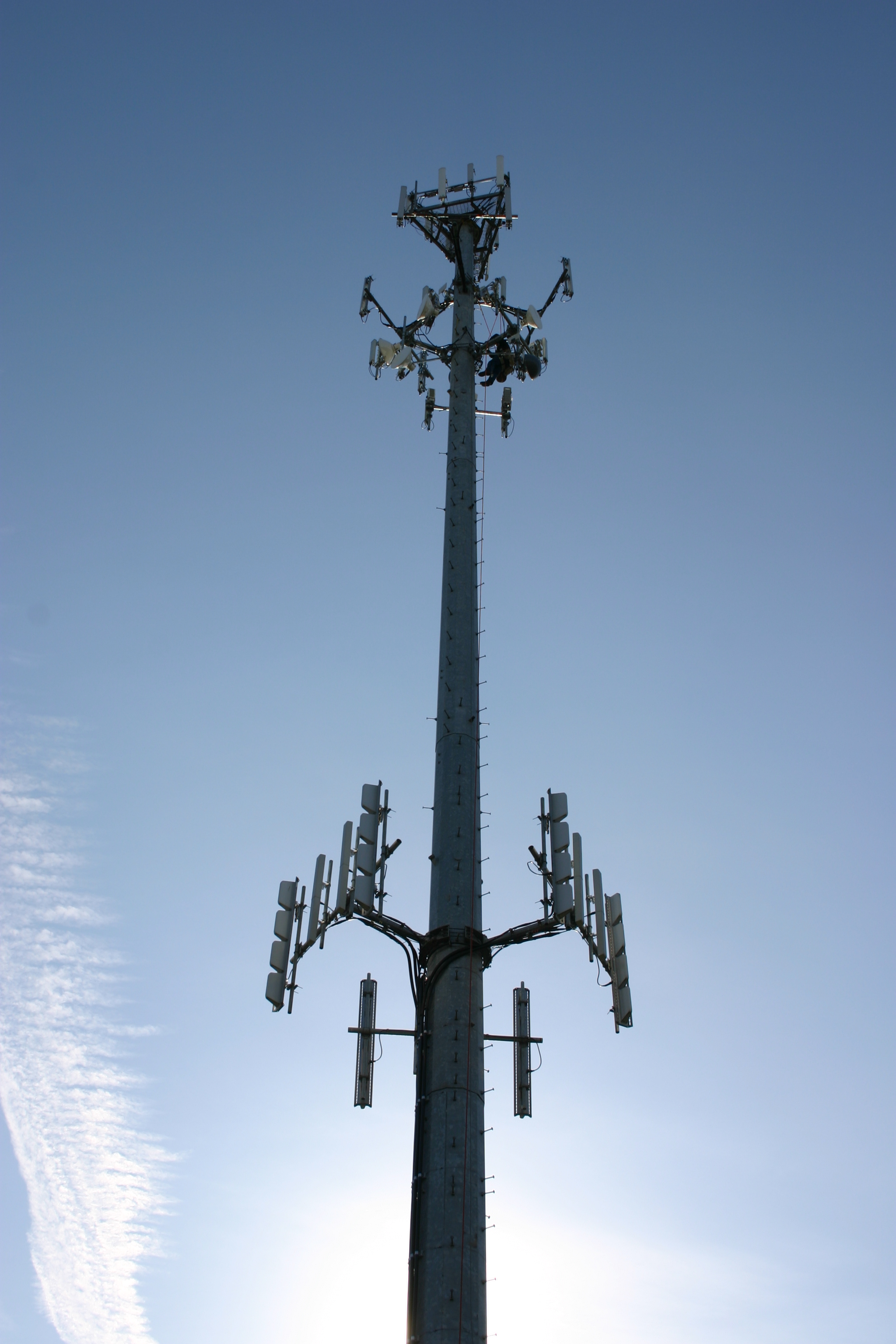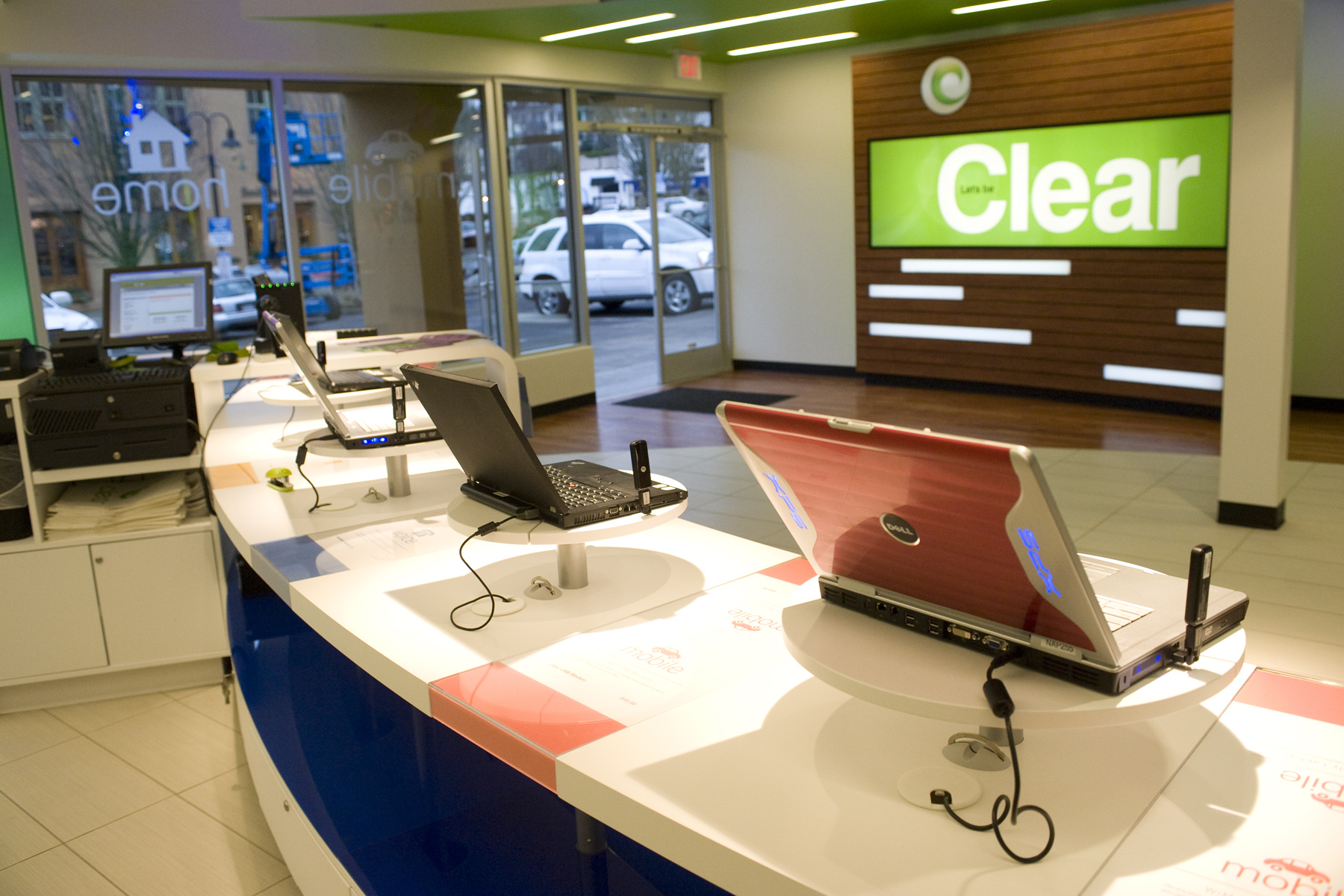Where's WiMAX? THG Gets The Story From Clearwire
The Early Days Of WiMAX
TH: But aren’t we looking at the same problem with WiMAX? If I have a sporting event covered by a couple of towers, there’s only so much bandwidth we can eke out of them. Everybody’s expecting broadband apps, not phone calls and IMs. Aren’t we facing the same bottleneck, just with bigger numbers?
JS: At some point there is a capacity limitation to everything, but voice networks have limitations not only at the air link but also in the network itself, the way that it’s handling traffic, how traffic piggybacks with the voice traffic, the capabilities and capacities to the site. Clearwire has actually built a 4G network from the ground up. It’s a completely IP network with very large pipes that run between all of our sites, so that traffic bottleneck is eliminated. There is very little data translation that occurs in our network. We don’t have to go from switch environments to packetized environments and back and forth. Congestions that can occur just from traffic manipulation don’t occur within our network. Looking at the air link, the competitors’ bandwidth channels are 200 KHz or a meg and a quarter, whereas Clearwire with WiMAX starts with a 10 MHz channel and has the capability of going to 20 MHz. Also, WiMAX has congestion mitigation built into the air link channel to help manage that traffic, so it’s much better at handling the experience than what youmight find in a Wi-Fi hotspot.
TH: Clearwire has had its high-speed Expedience service running in dozens of markets for some time now. How was this a precursor to WiMAX?
JS: We started off with Expedience as a proprietary, high-speed, wireless data network, owned and developed by Clearwire and later sold to Motorola. We launched Expedience in over 50 markets in the US and in Europe. Expidence is a precursor to WiMAX technology. It’s an OFDM-based technology, although not as refined and obviously not standardized like WiMAX—802.16e. But we proved out the concept and got ahead of the marketplace, building out these Expidence networks and gathering a customer base. As WiMAX matured, we built the beta network in Hillsboro, Oregon in partnership with Intel and Motorola to test the technology. From there, we rolled out Clearwire’s first market there in Portland, Oregon.
TH: First? I thought Baltimore beat Portland to market.
JS: Well, Baltimore was first in the sense that prior to the bringing together of Sprint and Clearwire, Baltimore was managed by Sprint. Sprint had a similar path of WiMAX testing. I believe that their trial area was in Arlington, Virginia. Building out from there, they decided to go with Baltimore element as their first WiMAX market.
TH: What’s the difference between a WiMAX signal and a cellular signal?
Get Tom's Hardware's best news and in-depth reviews, straight to your inbox.
JS: Cellular signals were designed around low bandwidth and low latency for voice calling. We as consumers are accepting of the fact that 8 kilobits, 6.5 kilobits, or whatever is good enough on cell phone. But when you go to your landline phone, you notice the audio difference. With WiMAX, the channel was designed around low latency again, so you could carry on voice conversations or have real-time interactions, but it was also designed for broad bandwidth. More specifically, if you look at the design of a cellular channel, it has equal sharing of both the uplink and the downlink, which is very inefficient for that limited spectrum resource.
Clearwire has gone with a TDD format, which allows the system to adapt to whichever half of the interaction is “speaking” more. If more bandwidth is needed on the uplink, it shifts to allow you to talk more, if you will. It’s asymmetrical in its proportioning and adaptive to the transaction that’s occurring.
Current page: The Early Days Of WiMAX
Prev Page Why Do We Need WiMAX? Next Page Working Out The Kinks-
fwaynedavis Rural is a tough market, but Clearwire does a good job of pushing tech out early in small markets, I know from experience. In most cases they are the only game in town. But Wimax will be very slow to come to rural unless prices drop, this stuff costs a fortune.Reply -
brandnewx In Cambodia, the wireless network standards are already WiMax and 3G. In fact, I'm using both technologies in my home office for two years now.Reply -
AncientToaster My family lives in Portland, and we got Clear when it rolled out at the introductory price of $25/month. It rocks--much faster then 3G, and much, much cheaper then traditional broadband. In our area the only broadband available besides Clear and 3G is cable, at twice the price.Reply -
hellwig Doesn't handling VOIP traffic separately make it a telephone network subject to the same rules and regulations as a traditional telephone provider? Isn't Comcast getting in trouble for providing a special network for their cable phone service?Reply
I can't believe I've been hearing so much about WiMax (which devices support it, complaint when some devices don't support it), when it only exists in two U.S. markets. It's bad enough that 3G coverage is so spotty, like we need another, even sparser service. -
scryer_360 Thanks to Toms for the interview, we consumers now know more.Reply
But I wonder: why didn't you talk to him about the differences between WiMax and LTE? Both are all packet designed apps, but LTE is (apparently) the future of US data communications, according to some. I'd like to see Clearwire's vision of high speed wireless data being the best, but I can't without some input on their choice to do WiMax over LTE. -
nachowarrior South Carolina was supposed to go statewide, but it's biggest cable broadband server allegedly paid them off, oh, and was also somehow allowed to operate in one of it's biggest cities for two years illegally, without a lisence, and owe 2 million to the state before anything came up.... and this came up about the same time the state wanted to roll out statewide free coverage... hmmmm... I WONDER WHAT HAPPENED??? anyway, just another disappointment thanks to politics and money lubing the gears.Reply -
strider209 I had clearwire when I lived in the outskirts of Tracy, CA. My only other choices were dial-up or satellite. Both were of course slower than clearwire. The ability to be portable was nice, but I never used it. My best speeds were around 3Mbps but there was quite a bit of latency. For me, clearwire was my best option and decently priced, but if it was available I would prefer DSL or cable.Reply



